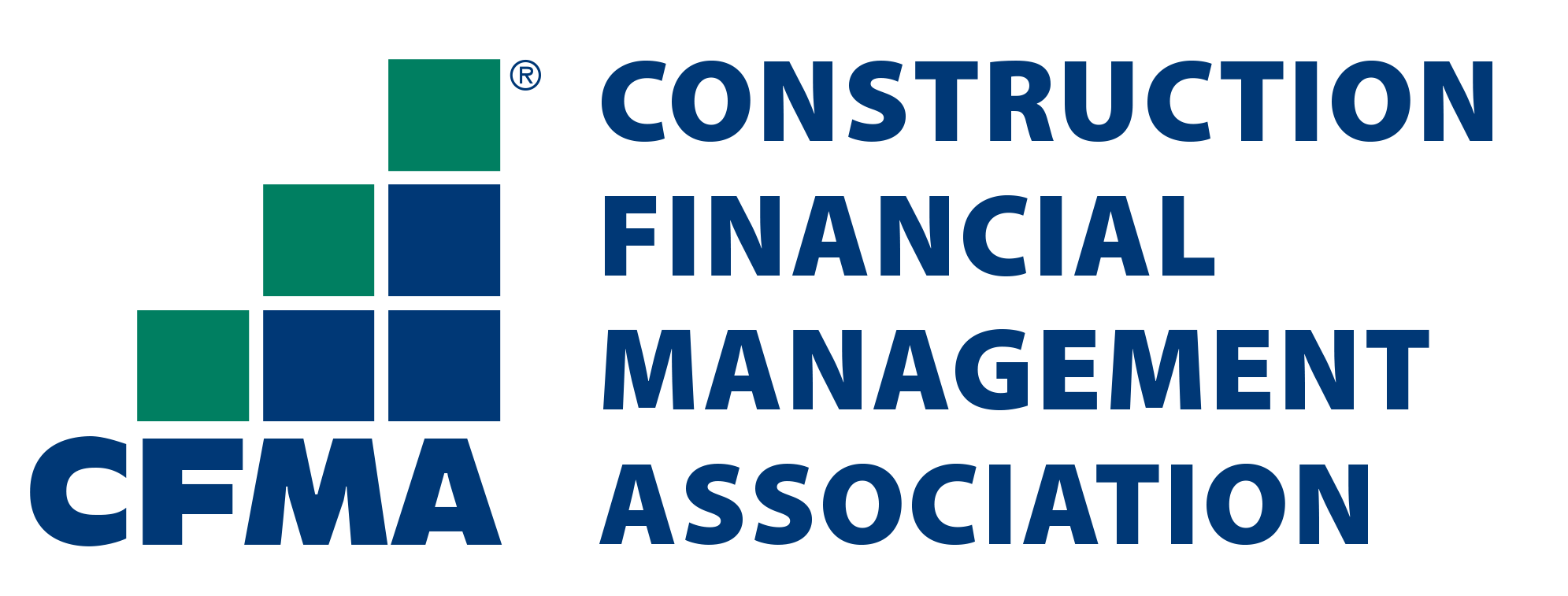
The Connection Between Real Estate Financial Statements and Property Valuation
- October 9, 2024
- OHI

It is in real estate that the valuation process forms the most important procedure for making decisions in investments, purchases, and loans. Correct valuation aids not only in the acquisition and sale of a property but also gives importance to investment analysis, financing analysis, and tax assessments. One of the most valid sources of assessing the value of property can be traced from the financial statements of real estate. These financial statements therefore give an aspect of the financial nature of a property as well as directly influence how it is valued.
In this blog, we’ll dive into the world of real estate financial statements in relation to the valuation of a property. We will understand some of the considerable financial figures that tend to include income, expenses, and cash flow that impact the market value of any property.

Real estate financial statements play a significant role in property valuation. To understand their impact, it’s important to first know the elements that make up a real estate financial statement. These elements are similar to those of other industries but reflect the specific nature of real estate investments. Major elements include:
Provides a snapshot of income and expenses for a specific property over a given period, whether monthly, quarterly, or yearly. It includes all sources of revenue, such as rental income, and all operating expenses such as maintenance, utilities, property management fees, and taxes. The statement concludes with Net Operating Income (NOI).
This statement provides the property’s assets, liabilities, and equity. Assets represent the market value of the property, equipment, and cash reserves, while liabilities include loans, mortgages, and unpaid expenses. The balance sheet reflects the property’s financial standing at a specific point in time.
Tracks the actual inflow and outflow of cash for the property. It shows how much cash remains after expenses are accounted for and determines the property’s ability to generate enough cash to pay off debts and fund future projects.
Together, these statements provide a comprehensive view of a property’s performance and value.

Financial statements express a property’s income-generating potential. Below are several keyways these statements influence valuation:
The most direct connection between financial statements and property valuation comes through the Net Operating Income (NOI). NOI is the gross income generated by the property after accounting for operating expenses, excluding interest, taxes, and depreciation.
NOI is used within the income capitalization approach to property valuation, typically applied to income-producing real estate like apartment buildings, commercial spaces, and industrial properties.
Once the NOI is determined, it is multiplied by the capitalization rate (cap rate), a percentage reflecting the expected return on the property. The formula for property value is:
Property Value = NOI / Cap Rate
For example, if the NOI is $100,000 and the cap rate is 5%, the property value would be:
Property Value = $100,000 / 0.05 = $2,000,000
Thus, NOI from financial statements directly impacts property valuation.
Cash flow is another important factor that influences property value. Cash flow refers to the remaining amount after all expenses, including debt service, are paid. A positive cash flow indicates that the property can cover costs, reinvest, and generate income for the owner.
Investment value is typically determined using Discounted Cash Flow (DCF) analysis, where future cash flows are estimated and discounted to their present value. A property with consistent cash flow is considered stable and often carries a higher value, while fluctuating or negative cash flows may lower the valuation.
Liabilities reflected in the balance sheet can heavily impact property valuation. Investors and lenders assess the debt-to-equity ratio to understand the financial risk associated with the property.
Properties with higher levels of debt are considered riskier and thus have lower valuations. In contrast, properties with manageable or minimal debt attract higher valuations. Additionally, outstanding expenses, mortgages, and pending liabilities can also affect the property’s net worth and, subsequently, its valuation.
The financial statement also reveals details about a property’s operating expenses, which include maintenance, repairs, and property management fees. High operating expenses can erode the NOI, resulting in a lower valuation.
A well-maintained property with reasonable operating expenses will have a higher NOI, and in turn, a higher market value. Excessive operating costs may indicate deferred maintenance or inefficiencies, which can reduce long-term property value.
Depreciation, although a noncash expense, impacts the financial statement and can influence a property’s book value. Depreciation reduces taxable income, which benefits the property owner for tax purposes. However, book value due to depreciation may not always reflect the true market value of the property.
In booming real estate markets, depreciation may lower the book value of a property, but location, income potential, and redevelopment opportunities often increase the market value.

Real estate financial statements and property valuation are closely interconnected. Financial statements provide a comprehensive view of a property’s income, expenses, cash flow, and debt, all of which significantly influence its market value.
The stronger and more consistent a property’s financial performance, the higher its valuation. A thorough check on financial statements, along with optimizing the property’s financial health, will ensure long-term success in the real estate market.
Contact us for a customized NO OBLIGATION proposal for outsourcing your accounting activities.









